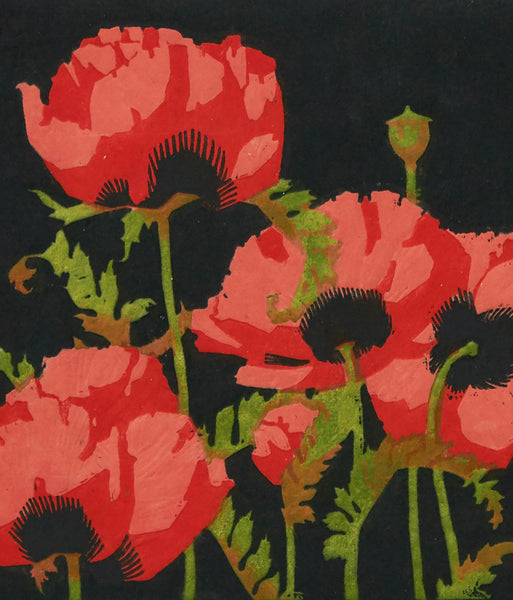Joan Miró "Essai de Reserve III" Lithograph, 1950
Regular price $1,100.00
Joan Miró rejected the constraints of traditional painting, creating works “conceived with fire in the soul but executed with clinical coolness,” as he once said. Widely considered one of the leading Surrealists, though never officially part of the group, Miró pioneered a wandering linear style of Automatism—a method of “random” drawing that attempted to express the inner workings of the human psyche.
Miró used color and form in a symbolic rather than literal manner, his intricate compositions combining abstract elements with recurring motifs like birds, eyes, and the moon. “I try to apply colors like words that shape poems, like notes that shape music,” he said.
While he prized artistic freedom, Miró revered art history, basing a series of works on the Dutch Baroque interiors of Hendrick Sorgh and Jan Steen. In turn, Miró has inspired many artists—significantly Arshile Gorky, whose bold linear abstractions proved a foundational influence on Abstract Expressionism.
Spanish, 1893–1983, Barcelona, Spain, based in Paris and Catalonia, Spain.
Wiki: https://en.wikipedia.org/wiki/Joan_Mir%C3%B3






